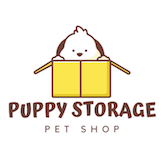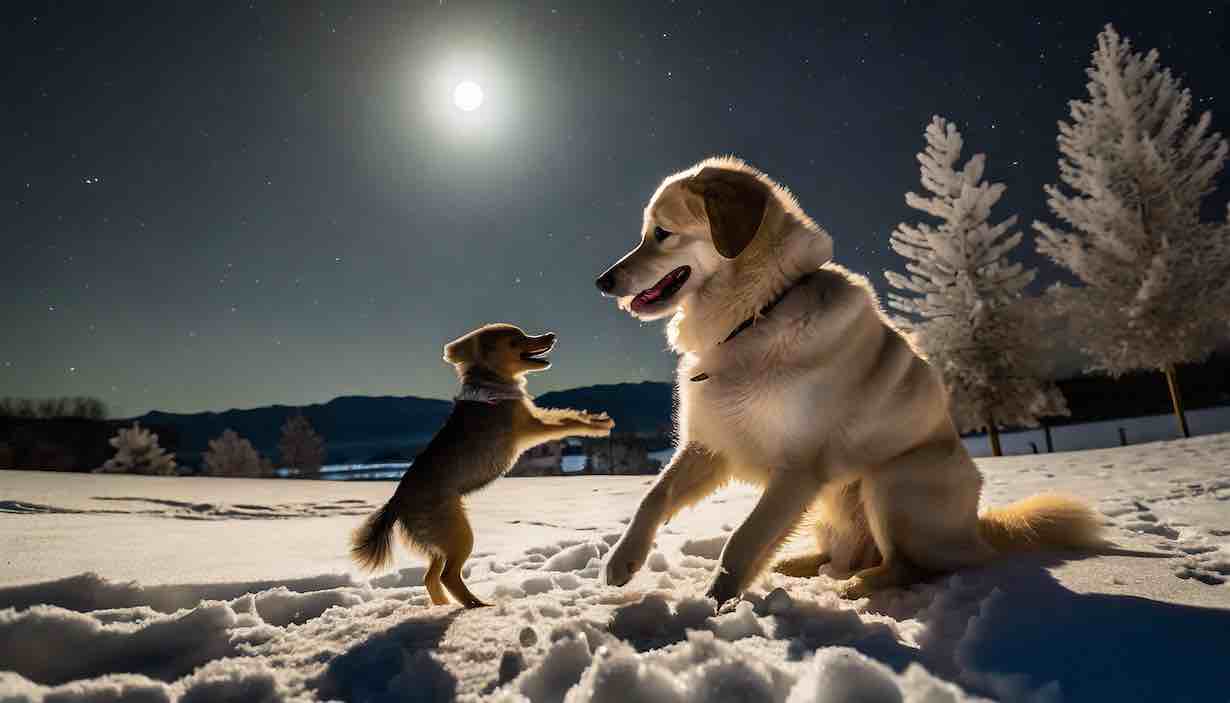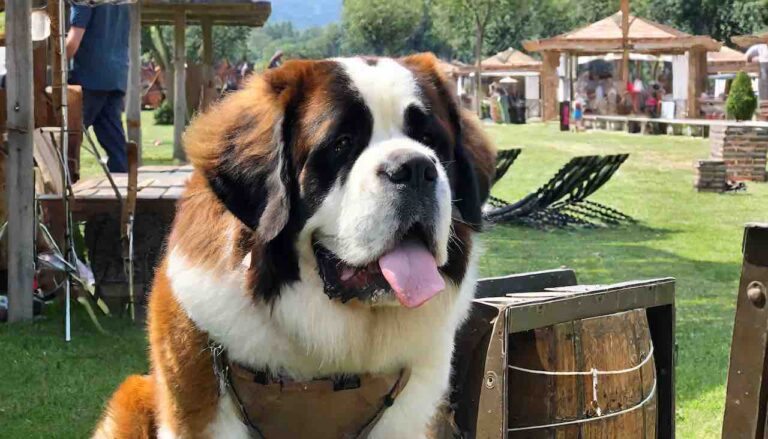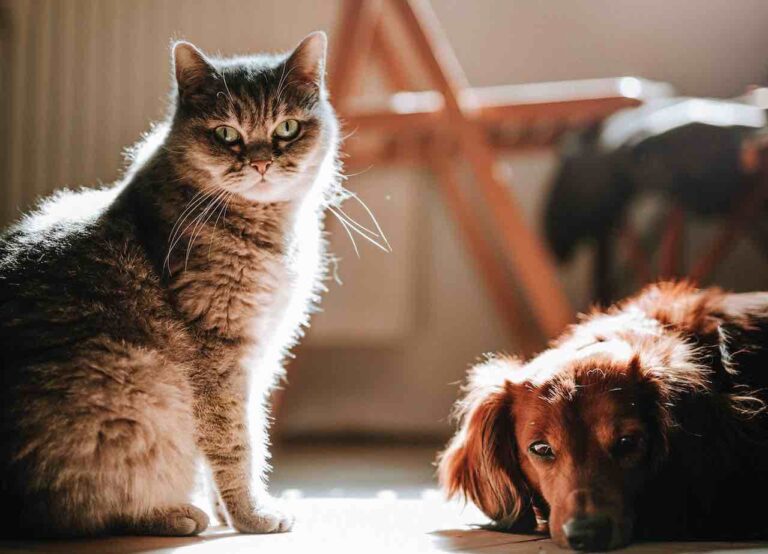Navigating Canine Aggression: Understanding, Managing, and Building Harmony
Do you have a little terror of a puppy?
Let’s embark on a comprehensive journey into the nuanced world of canine behavior, where we unravel the complexities of aggression—a topic that often challenges the bond between dogs and their human companions. In this guide, we’ll delve into the different types of aggression, explore their root causes, and equip you with practical strategies to manage and prevent these behaviors. So, let’s navigate the intricate landscape of canine aggression with understanding, empathy, and proactive solutions.
Understanding the Different Types of Canine Aggression
Before we explore solutions, let’s understand the different types of canine aggression that can manifest in our furry friends.
1. Fear Factor Fiasco: Understanding Fear Aggression
Explanation: Fear aggression is often triggered when a dog perceives a threat, feels cornered, or encounters situations that trigger anxiety.
Solutions:
- Desensitization Training: Gradually expose your dog to fear-inducing stimuli in a controlled manner, rewarding calm behavior.
- Positive Associations: Pair fear triggers with positive experiences, like treats or play, to change the emotional response.
2. Dominance Dilemmas: Decoding Dominance Aggression
Explanation: Dominance aggression occurs when a dog asserts itself as the alpha, displaying behaviors like growling or barking to establish control.
Solutions:
- Consistent Leadership: Be a consistent and confident leader, providing clear rules and boundaries.
- Training Commands: Teach and reinforce basic obedience commands to reinforce your role as the pack leader.
3. Territorial Tiffs: Managing Territorial Aggression
Explanation: Territorial aggression involves dogs defending their space or perceived territory, leading to aggressive displays towards intruders.
Solutions:
- Gradual Exposure: Introduce your dog to new people and environments gradually to reduce territorial instincts.
- Positive Reinforcement: Reward calm behavior when strangers approach to create positive associations.
4. Redirected Ruckus: Dealing with Redirected Aggression
Explanation: Redirected aggression occurs when a dog, unable to reach a desired target, redirects their frustration or arousal towards another person or pet.
Solutions:
- Remove Triggers: Identify and remove potential triggers that lead to frustration.
- Redirect Attention: Use toys or treats to redirect your dog’s attention and diffuse heightened emotions.
5. Possession Predicaments: Handling Possessive Aggression
Explanation: Possessive aggression emerges when dogs guard their resources, such as food, toys, or favorite spots.
Solutions:
- Resource Trading: Teach your dog that giving up a resource results in getting an even better one in return.
- Desensitization: Gradually expose your dog to people approaching while they have a valued possession, rewarding calm behavior.
6. Predatory Playtime: Coping with Predatory Aggression
Explanation: Predatory aggression reflects a dog’s natural instinct to chase and catch moving objects.
Solutions:
- Controlled Play: Use controlled play sessions to satisfy your dog’s hunting instincts without encouraging undesirable behavior.
- Leash Training: Keep your dog on a leash in areas where wildlife might trigger predatory behavior.
7. Social Snarl Snafu: Navigating Social Aggression
Explanation: Social aggression can occur during interactions between dogs, often due to miscommunication or competition.
Solutions:
- Understanding Body Language: Learn to interpret canine body language to identify signs of discomfort or stress.
- Positive Introductions: Introduce dogs in a neutral, controlled environment, allowing them to get acquainted gradually.
Turning Growls into Giggles – A Playbook for Doggy Harmony
Let’s look deeper and long term solutions to help your pooch find the sweet spot of being well socialized and calm in every solution.
1. Puppy Paw-lit: Socialization Secrets
Explanation: Early socialization exposes puppies to various experiences, people, and other animals, shaping their behavior and reducing fear aggression.
Solutions:
- Puppy Classes: Enroll in puppy classes to provide structured socialization opportunities.
- Positive Experiences: Ensure all social interactions are positive, rewarding good behavior.
2. Treat Time Tango: Positive Reinforcement Magic
Explanation: Positive reinforcement involves rewarding desirable behavior with treats, praise, or affection, encouraging dogs to repeat those behaviors.
Solutions:
- Timely Rewards: Reinforce good behavior immediately to create a strong association.
- Consistency: Be consistent in rewarding positive actions to reinforce the desired behavior.
3. Training Tango: Obedience with a Dash of Disco
Explanation: Obedience training establishes clear communication between you and your dog, promoting a harmonious relationship.
Solutions:
- Consistent Commands: Use consistent commands for basic obedience, making it easier for your dog to understand.
- Short, Fun Sessions: Keep training sessions short and enjoyable to maintain your dog’s interest.
4. Desensitization Disco: Grooving Out Fear
Explanation: Desensitization involves gradually exposing your dog to fear triggers in a controlled manner, reducing anxiety.
Solutions:
- Small Steps: Break down exposure into small, manageable steps to prevent overwhelming your dog.
- Rewards for Calmness: Reward calm behavior during and after exposure to create positive associations.
5. Consistency Cha-Cha: Dance to the Canine Beat
Explanation: Consistency in routine provides dogs with a sense of security, reducing anxiety and promoting positive behavior.
Solutions:
- Set Schedule: Establish a consistent daily schedule for feeding, walks, and playtime.
- Predictable Environment: Minimize changes in your dog’s environment to create predictability.
6. Management Mambo: Control the Canine Chaos
Explanation: Management techniques involve controlling your dog’s environment using leashes, gates, or crates to prevent undesirable behaviors.
Solutions:
- Leash Training: Use leashes during walks to maintain control and prevent unwanted interactions.
- Secure Spaces: Utilize crates or designated areas to manage your dog’s access and prevent territorial behaviors.
7. Professional Paso Doble: Seek the Expert’s Guidance
Explanation: Professional guidance from canine behavior experts ensures a tailored approach to behavior modification.
Solutions:
- Certified Trainers: Work with certified trainers or veterinary behaviorists with experience in aggression cases.
- Customized Plans: Develop a behavior modification plan tailored to your dog’s specific needs and triggers.
8. Playtime Polka: Channel Energy Positively
Explanation: Engaging in regular physical activity helps channel your dog’s energy positively, reducing the likelihood of unwanted behaviors.
Solutions:
- Interactive Toys: Provide toys that stimulate both mental and physical activity.
- Variety in Activities: Incorporate a mix of walks, play, and mental stimulation to keep your dog engaged.
9. Supervised Swing: Keep an Eye on the Canine Swing
Explanation: During social interactions, supervision ensures a safe and positive environment for dogs to interact.
Solutions:
- Monitor Body Language: Watch for signs of stress or discomfort in both your dog and others.
- Intervene Appropriately: Step in to redirect behaviors or separate dogs if needed, ensuring a positive experience.
10. Patience and Understanding: The Grand Finale
Explanation: Addressing canine aggression is a gradual process that requires patience, consistency, and empathy.
Solutions:
- Celebrate Progress: Acknowledge and celebrate small victories in your dog’s behavior.
- Adjust Expectations: Understand that every dog is unique, and progress may vary; adjust your expectations accordingly.
In conclusion, transforming growls into giggles involves a holistic approach that combines understanding, positive reinforcement, and consistent training. Each dog is an individual, and tailoring your approach to their specific needs will go a long way in fostering a harmonious relationship. Remember, the journey is as important as the destination, and with patience, love, and a sprinkle of humor, you’ll be grooving in harmony with your furry friend in no time.





































